Search results for: “john rogers”
-
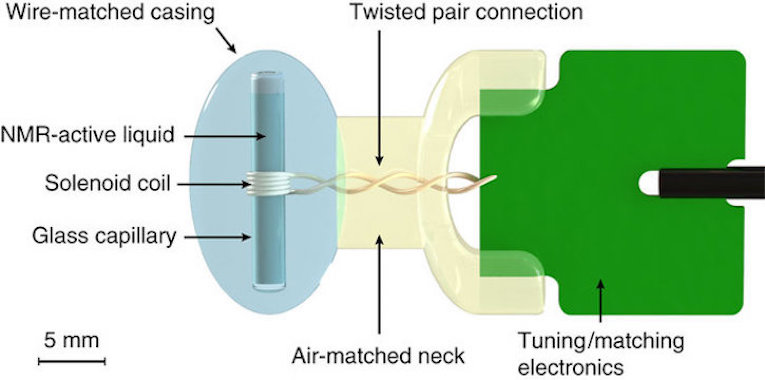
Sensor dramatically improves MRI resolution
ETH professor Klaas Prussmann has developed technology to improve MRI accuracy by detecting tiny changes in magnetic fields. An MRI’s strong magnetic field, which makes it difficult for sensors to detect up small details. Prussmann’s integrated digital radio receiver addresses this by decreasing background noise significantly. In a recent paper, he said: “In addition to…
-
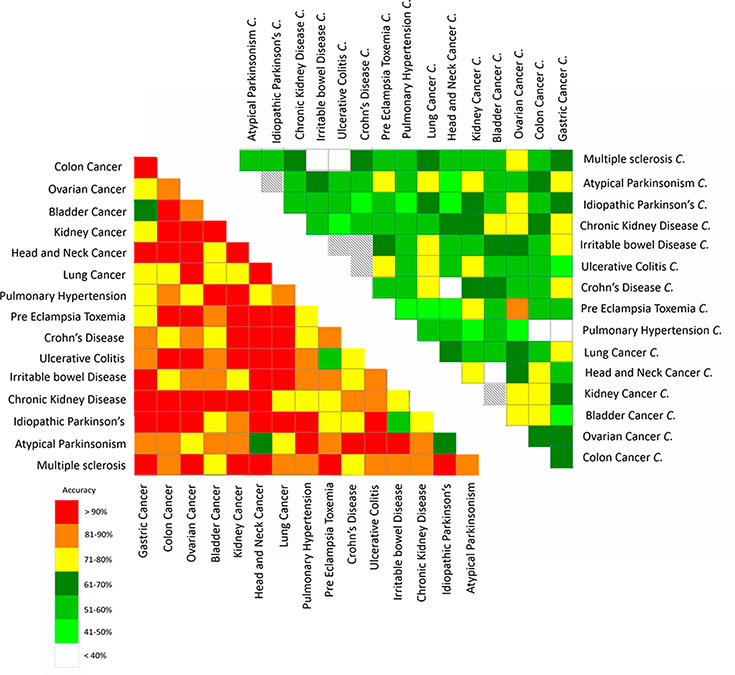
Non-invasive nanosystem detects disease in breath
Technion professor Hossam Haick has developed a nanosystem that can identify the breath signatures of many diseases, including kidney failure, lung cancer, Crohn’s disease, MS, prostate and ovarian cancer. Each compound’s relative abundance in a person’s breath is assessed, and disease signatures are compared against healthy individuals. In a recent study, using mass spectrometry analysis, specific compound signatures…
-
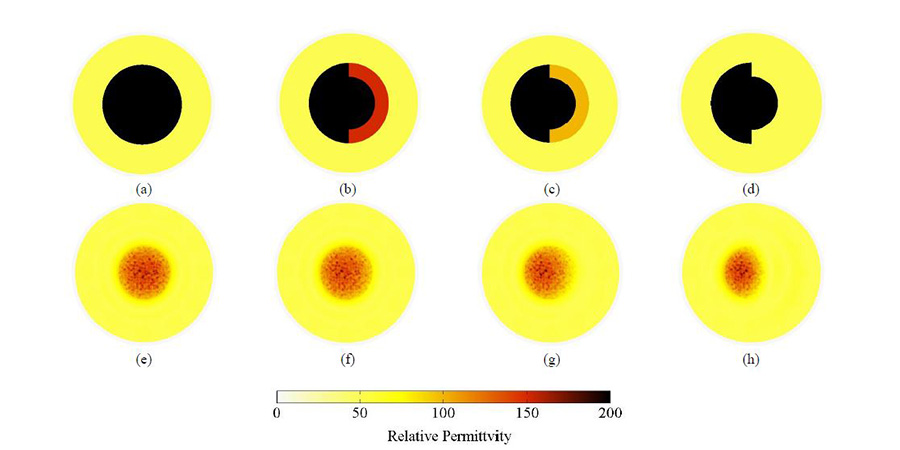
Prosthesis-integrated sensor detects infections early
Infections in prostheses, for amputees, and in joint replacements, are common, often found too late, and can necessitate additional surgeries or worse complications. Current detection methods include MRI, CT, and X-ray. Ken Loh and UCSD colleagues have developed an infection detecting prosthesis coating + imaging technique that could be used at home or in a…
-

BCI controlled robotic arm; no implant required
University of Minnesota professor Bin He has created a brain computer interface to control a robotic arm with out an implant. In a recent study, EEG alone was used to allow 8 people to move objects in a complex 3D environment. Combined with advanced signal processing and machine learning, thoughts were turned into actions. 64…
-
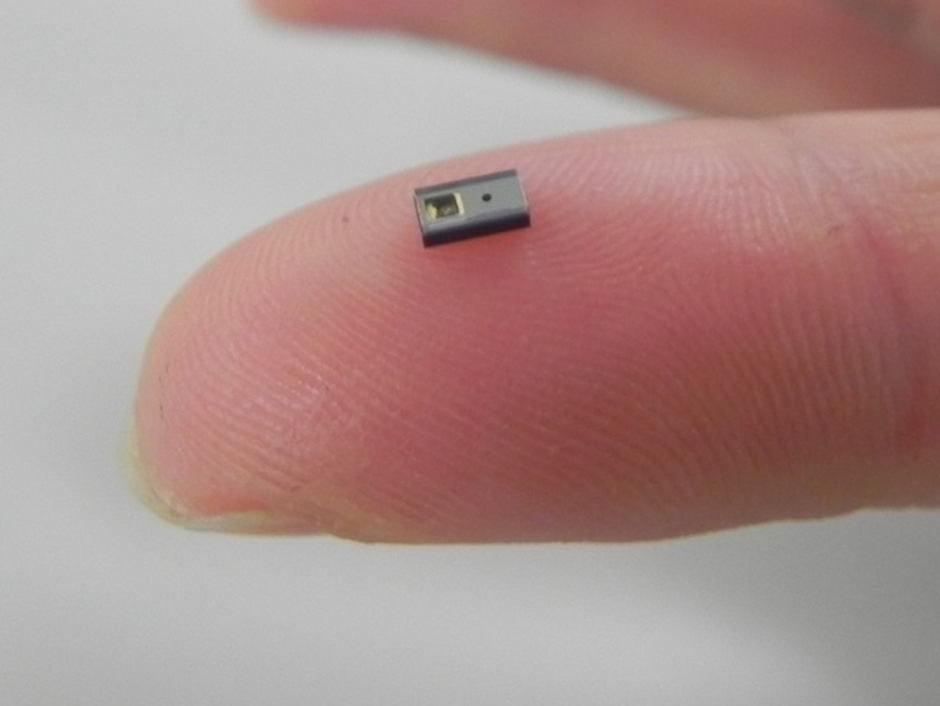
Tiny wearable sensor measures blood flow
Kyocera has developed a tiny optical sensor to measure blood flow volume in subcutaneous tissue, meant to be integrated into a phone or wearable. Potential applications include monitoring stress and preventing dehydration, heat stroke, and altitude sickness. The device will be used in/on an ear, finger or forehead, to measure the velocity-driven frequency of reflected…
-

Non-invasive visual stimulation to treat Alzheimer’s disease
Cognito Therapeutics is developing a device-driven approach to Alzheimer’s treatment. Based on research by MIT’s Ed Boyden, globally recognized for his work in optogenetics, and Li-Hue Tsai, director of the Picower Institute for Learning and Memory, flickering-light stimulation has been used to restore gamma oscillation in the brains of the mice. This activated microglia cells to remove…
-

Sensors + robotics + AI for safer aging in place
IBM and rice University are developing MERA — a Waston enabled robot meant to help seniors age in place. The system comprises a Pepper robot interface, Watson, and Rice’s CameraVitals project, which calculates vital signs by recording video of a person’s face. Vitals are measured multiple times each day. Caregivers are informed if the the camera and/or accelerometer detect…
-
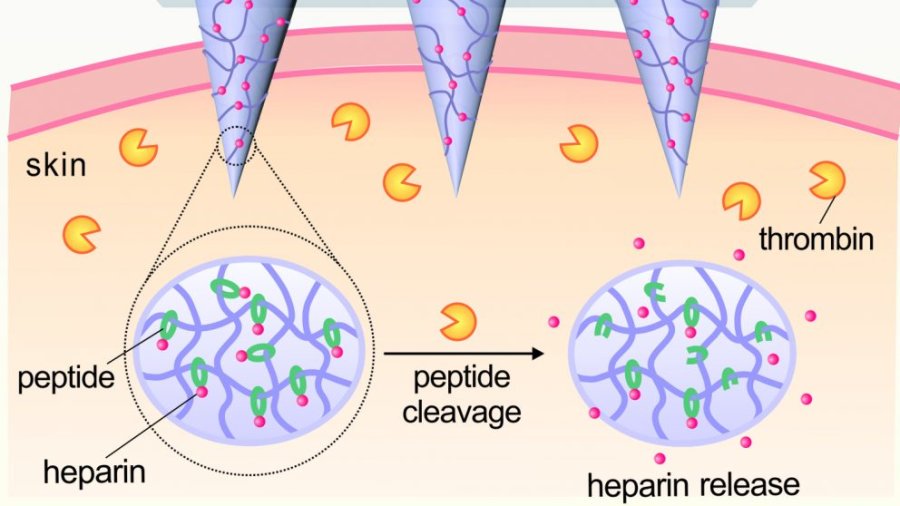
Self regulating patch optimizes blood thinner delivery
UNC and NC State researchers have developed a promising, self-regulating, Heparin releasing patch, meant to optimize levels of the blood thinner in one’s body. It has only been tested on animals, but was found to be more effective at preventing thrombosis than traditional drug delivery methods. Current protocol requires regular blood testing, to prevent hemorrhaging…
-

Diabetic retinopathy-detecting algorithm for remote diagnosis
Google has developed an algorithm which it claims is capable of detecting diabetic retinopathy in photographs. The goal is to improve the quality and availability of screening for, and early detection of, the common and debilitating condition. Typically, highly trained specialists are required to examine photos, to detect the lesions that indicate bleeding and fluid…
-

Cabin sensors, wearables, smart pills to monitor air passenger health
British Airlines has filed a patent application for a system that would monitor when a passenger is awake, asleep, hungry, nervous, hot, cold or uncomfortable. The “system and method for controlling the travel environment for a passenger” encompasses motion-sensing sleep monitors, wearables that track eye movement, heart rate, and temperature, and ingestible health-tracking pills. The…
-
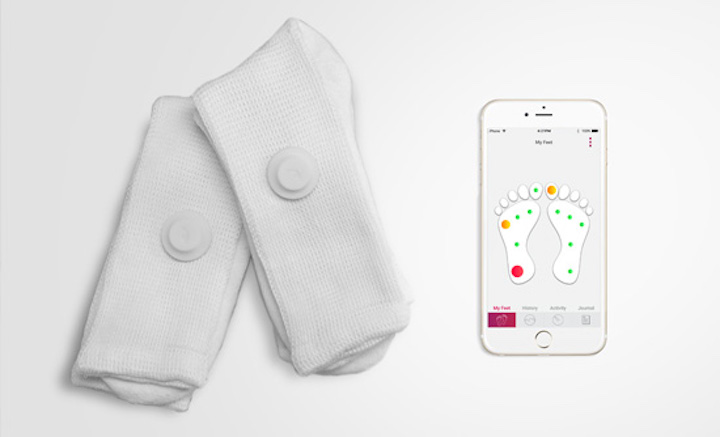
Sensor sock detects diabetic inflammation, sends alerts
Siren Care‘s real-time temperature sensing smart sock is meant to detect foot inflammation in diabetics. The goal is early notification to prevent (difficult to heal) sores and other symptoms of the disease, which can lead to extreme complications. Data is stored in the fabric and in the cloud. An app sends alerts when a temperature event…
-

Wearable patch monitors lactate, glucose, and pH in sweat
Northwestern’s John Rogers has developed a wearable, sweat analyzing patch. The flexible microfluidic device uses colorimetric biochemical assays and integrates smartphone image capture analysis to monitor lactate, glucose, chloride ion concentrations, and pH. The wearable, with sports, military, and disease monitoring applications, can be adapted to test tears and saliva. Professor Rogers will be a…